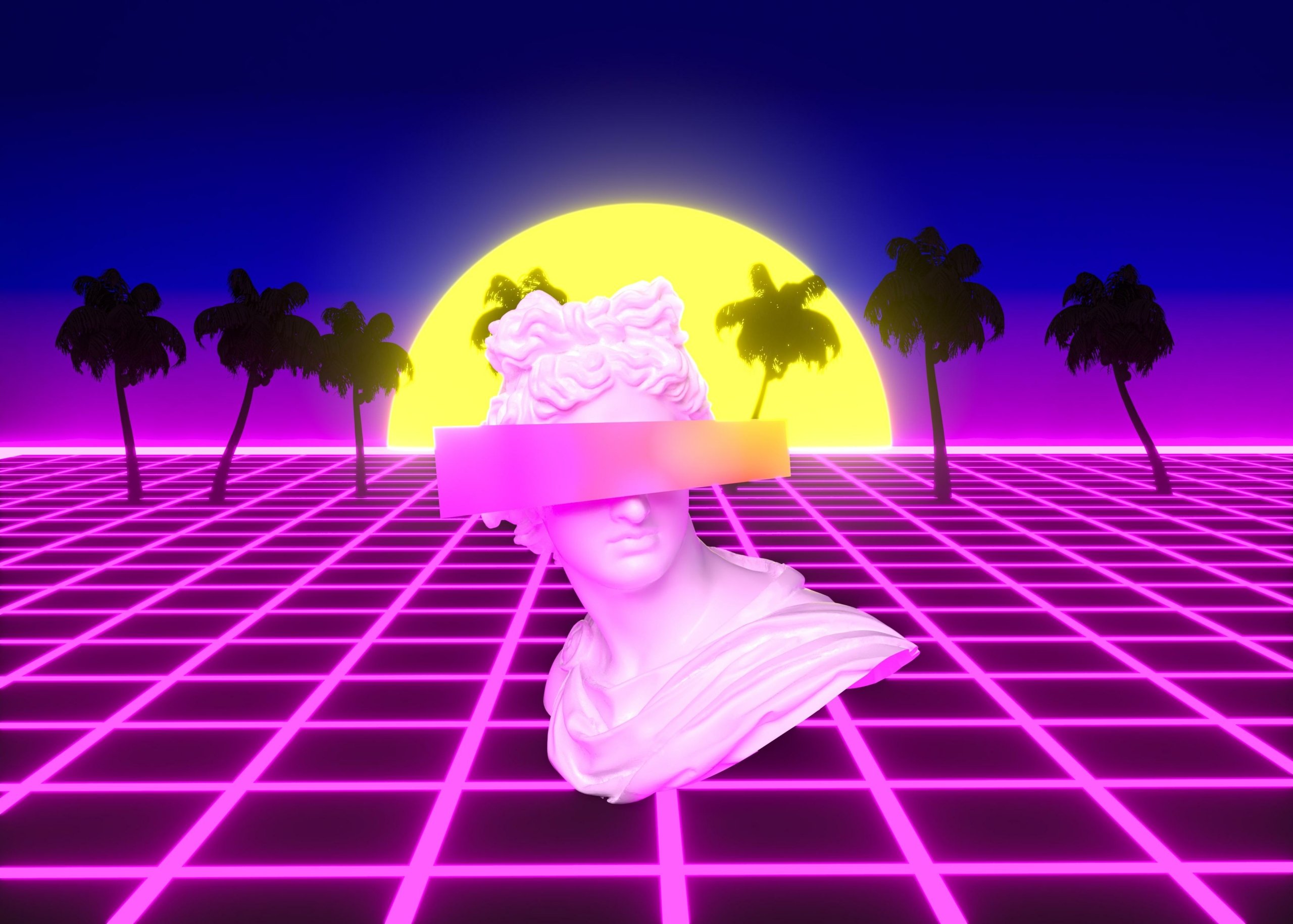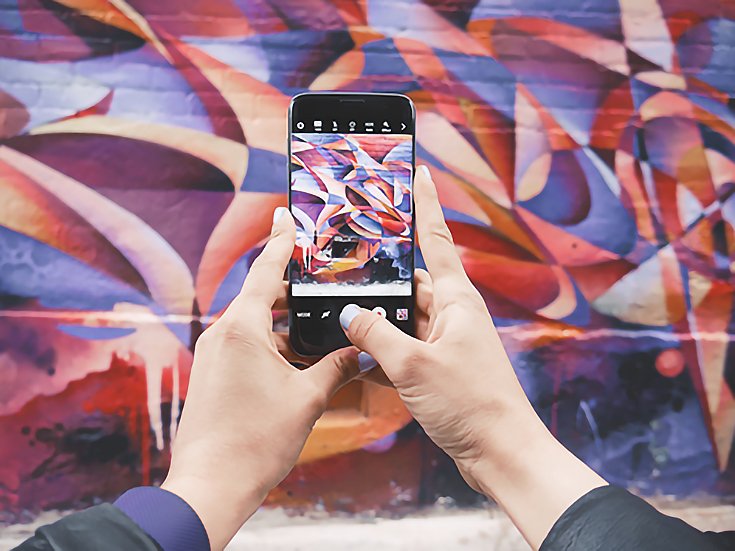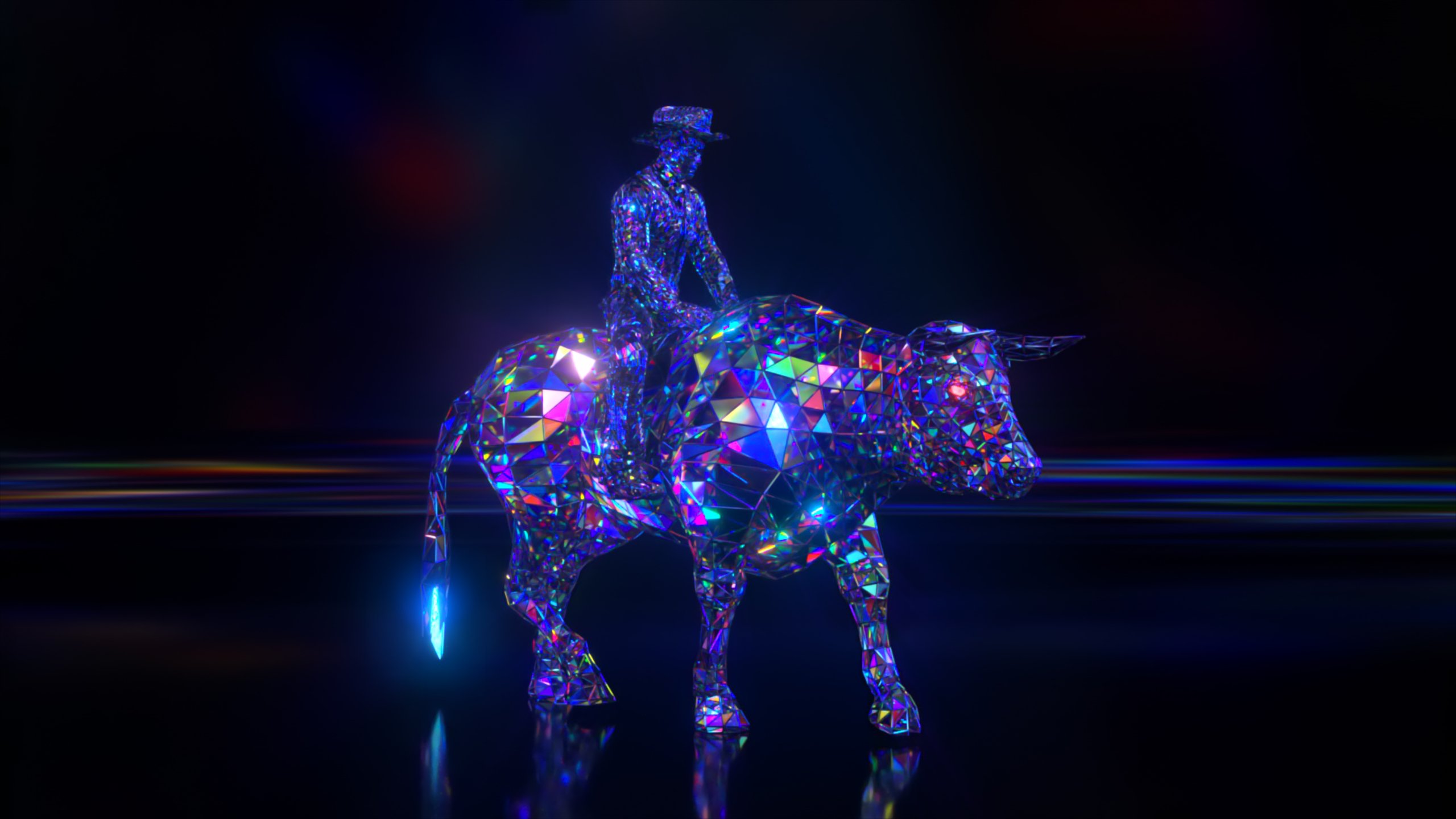What is art really? We’ve all wondered at some point. But what we think of as art and what society thinks of as art can be two very different things, and that’s where the trouble starts.
As “art” has evolved to become more than just representational images on cave walls, it has grown into something mysterious, abstract, and subjective. Back in the caveman days, art was represented in raw images carved into walls. Art was art because it was beautiful or functional (such as something for cooking with) or both.
With more mediums than ever, no one seems to agree on what art actually is.
During the 5th century BC, Socrates said art was deception. In 1766, British critic Joshua Reynolds declared art as “the desire of a man to express feelings he finds in himself.”
And today? Art is art because art critics say art is art.
But what about art that’s not traditional, like digital art or NFTs?
NFTs, where the art is a token on the blockchain and represented by both an image and a unique number attributed to each artwork, have been around since 2014, but art that’s completely digital with no physical representation is also becoming more popular. Some people are wondering if this is art at all or just modern-day “intellectual property” (IP), especially when art can be reproduced infinitely without losing quality.
Let’s take a deeper dive into what the professional debate is all about.
What do artists think makes art “art”?

Artist William Powhida said he feels that art is meant to be observed and contemplated, but then it’s up to the viewer to determine its value. He added that “the art market determines art’s value” but that experts and dealers can have a heavy hand in valuation, as well.
“It’s art if art experts say art is art,” he added. “Most art today is not art. It doesn’t mean it won’t be art in the future, but what you see in galleries today will not make it to museums.”
To that end, Powhida said collectors should think twice about trying to make all forms of art collectibles because some are simply “buying art for the wrong reasons”.
“Not all art should be collected,” he added. “You collect art if it’s art, so art collectors are good gatekeepers in that sense.”
Back in 2016, artist Richard Prince challenged this idea that art is art because the art market says it is with his New Portraits series, which was a collection of screenshots of Instagram posts that had been removed due to copyright violations.
Prince did not ask the art subjects for permission. He did not tag them in his art posts or photo captions either, and he never reposted their art on his own Instagram page, but it didn’t matter to art buyers because galleries were lining up to buy New Portraits art.
So it would seem that art has become one of the following three things:
- Aesthetic art – art meant for appreciation with no ulterior motive or end result
- Art as an extension of an idea – art that represents ideas, concepts or emotions in some demonstrable way
- Art as a symbol of art itself – art about art itself, meant to be appreciated more for its own sake than anything else
In the art world, where all three kinds of art are acceptable and often revered, it can be hard to separate fact from opinion.
It feels so… subjective, doesn’t it?
Critics have been arguing for decades over art’s purpose, art’s value, and art’s place in society. The reality may be that the art industry is driven by subjectivity because art is subjective.
However, this isn’t the end of the contemplation about “what is art”.
There are many art forms that walk loudly across art history without anyone raising an eyebrow. Paintings, sculptures, installations, and now, NFTs; all kinds of art exist today that were unheard of fifty years ago.
How does new art gain old-world acceptance?

I bet you’re thinking, “Wait a minute! What about art you take a picture of and post to Instagram?” So, if art can be bought and sold like a stock, does art still have value?
Perhaps – Powhida was correct: Art is art if people think it is art.
It might not be art in the traditional sense, but art dealer Tim Schneider said, “The new art world is a mixed economy of physical, digital, crypto art and traditional art.”
“It’s all the same thing at different times,” he added. “If someone turns around tomorrow and says anyone who touches a canvas is art, then art will have changed overnight. It’s a matter of the art world accepting it.”
Art dealer Kenneth Schachter agreed that art is art if people think it’s art (are you sensing a theme?), but he added that art dealers and collectors make up what we know as “art history” today. “We’re the curators of art,” he added. “We’re the ones who determine art’s future and art’s past.”
Gatekeeper or not, some feel it takes art expertise to distinguish art from art knockoffs. And art experts are not impressed with NFT art, saying art should be admired rather than collected.
What do you think makes art “art”?

Do you think of art as something to admire? If art is only meant to be collected and admired, then who will create it.
Is art an item that is only expensively available to the upper echelon? Or can we use new mediums like NFTs to make it affordable to produce, sell, and collect by the common person?
The answer is that art can be anything, and artistic value lies in individual perception, not the art itself. That said, there are some forms of art that cause more questions than they answer; like “what is art?” and “who gets to decide what art is?”
Whether art is paint on a canvas, algorithms on a computer, or data collected by an online game and displayed as art – art has moved forward and hopefully, so will art’s critics soon.
About the Author

Michael Hearne
About Decentral Publishing
Decentral Publishing is dedicated to producing content through our blog, eBooks, and docu-series to help our readers deepen their knowledge of cryptocurrency and related topics. Do you have a fresh perspective or any other topics worth discussing? Keep the conversation going with us online at: Facebook, Twitter, Instagram, and LinkedIn.


